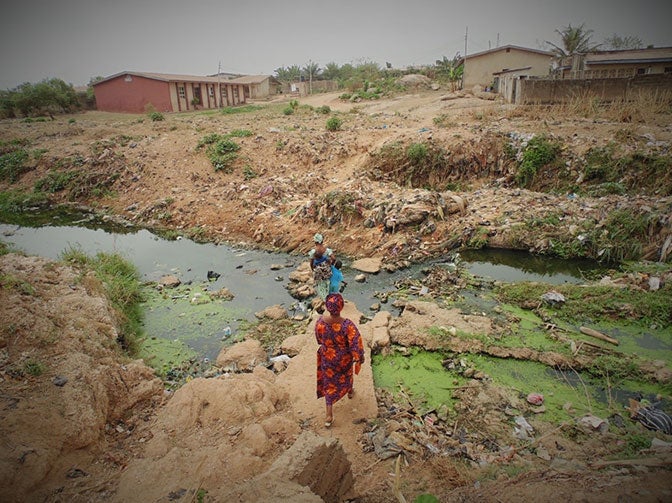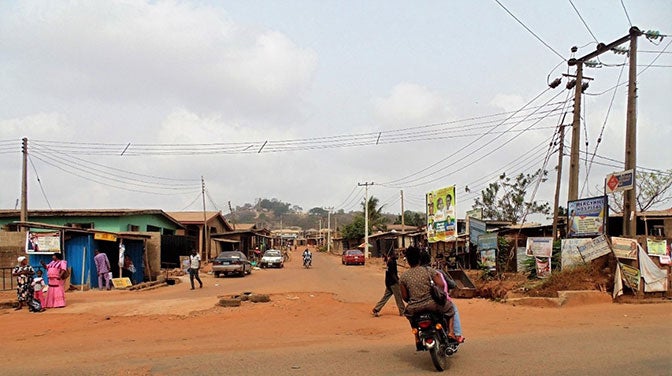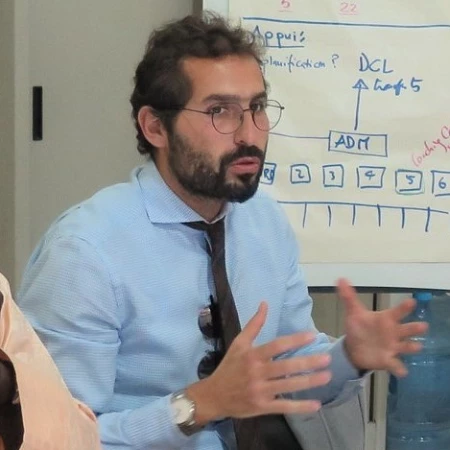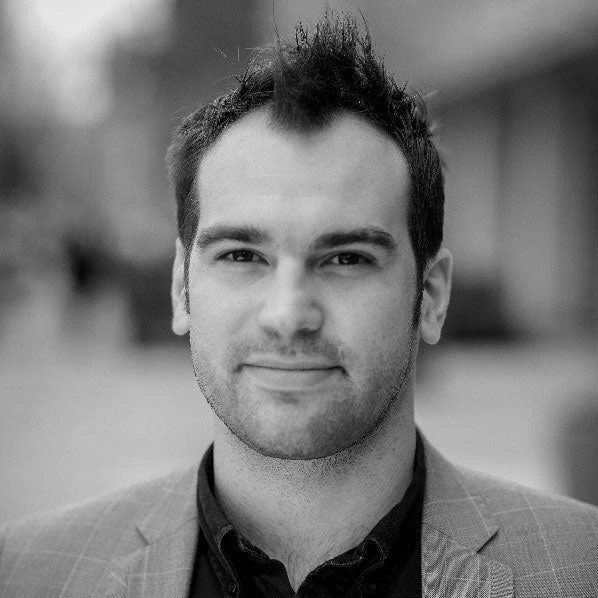
“City plans must fit the people, not the other way round.” Jane Jacobs, journalist and urban studies author
Ibadan, the third largest metropolitan area in Nigeria after Lagos and Kano, has organically grown from around 60,000 inhabitants in the early 1800’s to more than three million today, and is projected to reach 5.6 million by 2033. The city’s urban footprint continues to sprawl due to weak land use planning that leads to the proliferation of informal settlements in flood prone areas.
Ibadan has been hit by numerous floods in its history, with the latest in 2011 killing more than 100 people and causing considerable damage to properties and infrastructure. At that time, the Oyo State government requested World Bank support to build the city’s long-term resilience. The Ibadan Urban Flood Management Project (IUFMP) adopted a planning-to-investing methodology that will ensure effectiveness of interventions and their long-term benefit for the population of the city.
In this context, the state government recently commissioned the first, city-wide masterplan to guide the development of the city to 2036. This is a historic opportunity for Ibadan to undertake a holistic analysis of the current socio-economic and physical situation, and identify opportunities, which will enable the city to better respond to the needs of its citizens and to build long-term resilience to natural disasters, especially flooding. In addition, further strategic masterplans focusing on drainage and solid waste management are yet to be launched, highlighting the adaptability of masterplans, able to perform across several thematic areas with the added flexibility to react to a variety of scales.
The benefits of undertaking masterplans are multi-faceted; they set out a clear vision, goals and aspirations of stakeholders, residents, and government. Not only will this process help Ibadan, other Nigerian cities facing similar challenges will be able to glean key lessons from its use. In many instances in Nigeria, the lack of accurate data impacts the analysis of current conditions of infrastructure, including maintenance schedules and financial expenditure, impedes prioritization of investments. Adopting tools such as masterplans can help identify and prioritize interventions, including reducing the infrastructure gap, especially as the rate of rapid urbanization will see an additional two billion people move to cities by 2030, with around 50% headed to cities in Africa.
About half of Nigeria’s total 150 million population now lives in cities compared to 35% in 1990, generating 60% of the country’s gross domestic product (GDP). Rapid urbanization that is largely unplanned and uncoordinated, has deepened the deficit of services in many Nigerian cities, which includes access to land and housing, basic services, solid waste and waste water management, among others. Those pressuring trends, coupled with weak institutional settings, especially at the local level, is limiting Nigeria’s potential to reap positive benefit from urbanization.

How to make citizen engagement count
Citizens will be crucial to ensure that these studies gain a full insight and to fully integrate the city’s cultural identity. The need to use a variety of methods to ensure that all groups are represented especially those poorest and most vulnerable.
The recognition of the benefits of engaging with communities especially in cities is becoming an integral element in ensuring that all members of society are represented. The role of citizens cannot be understated in the master-planning process, to ensure that the city plans represent their views and ambitions.
Citizen engagement must not be seen as a tick-box exercise, which rarely harnesses results. City plans that fully embrace the community’s feedback and knowledge are able to gain a true understanding of real issues at hand. There are many different tools that should be used when gathering views from communities, such as interactive workshops, focus groups, expert meetings, local community presentations and engagements, whereby citizens are able to identify thematically, technically, and visually priorities they would like the planning exercise to consider. Each approach, naturally, requires a varying level of communication, including digital technologies, such as text message surveys, social media etc. which can be critical tools in reducing the time commitment needed from stakeholders and citizens.
To achieve a successful Physical Masterplan in Ibadan, it will require a careful balance of both top-down and bottom-up approaches to improve the potential opportunity of creating a city that is vibrant, resilient, and inclusive; essential elements to create cities that can lead efforts of reducing poverty and boosting shared prosperity.



Join the Conversation